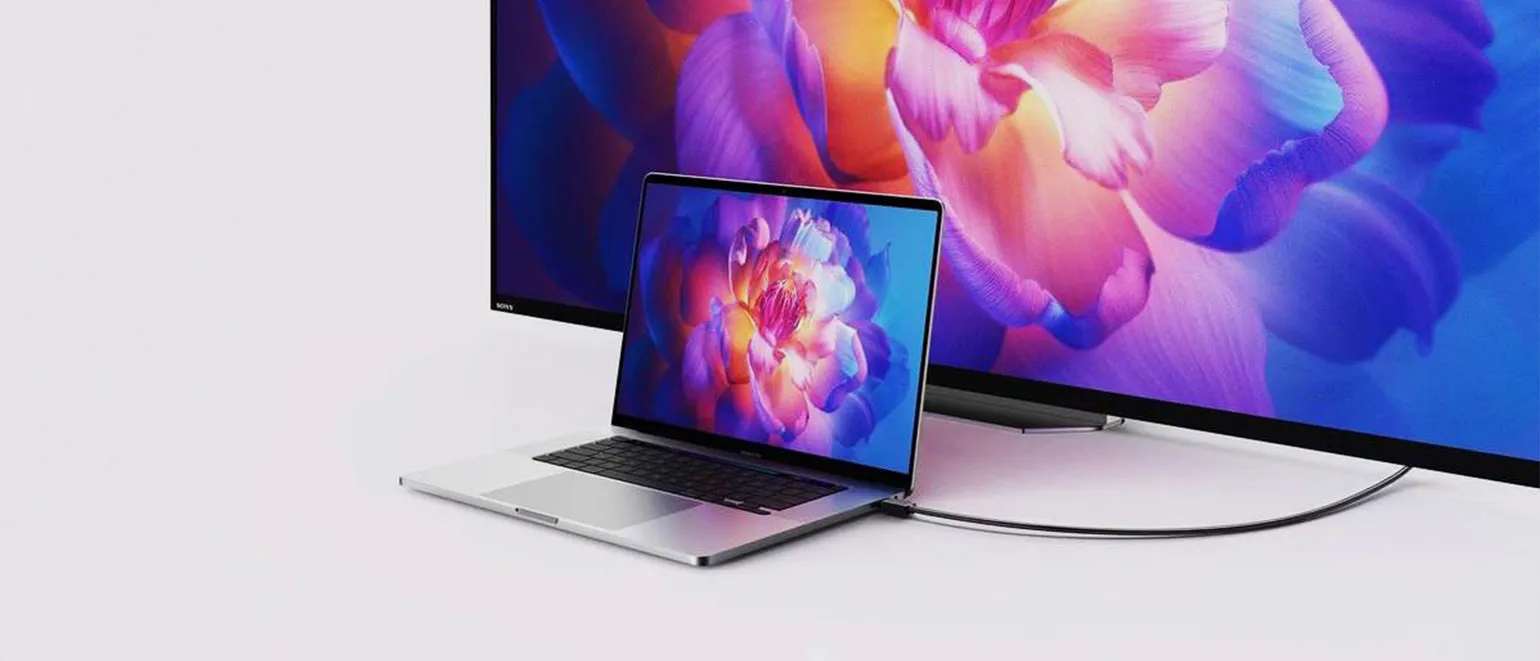Add products by adding codes
AV Connections: Everything You Need to Know

Modern multimedia devices use various audio-video connectors that are responsible for transmitting image and sound. In this entry, we present the characteristics of the most important types of connectors, such as HDMI, DisplayPort or USB-C, and discuss their applications and possibilities.
Characteristics and types of audio-video connectors
Audio and video connectors are electrical or optical components that are used to transmit sound signals and images. Depending on the technology used, these connectors can transmit signals in analog or digital form, and each type of connector defines physical parameters and the method of interpreting these signals. In the case of digital connectors such as HDMI or DisplayPort, these interfaces include the physical layers, the data link layer, and the application layer. However, analog connectors, such as RCA or VGA, are based on signal specifications that determine the voltages and frequencies of transmitted data.
Types of audio-video connectors:
| HDMI (High Definition Multimedia Interface) – a standard for transmitting uncompressed digital audio and video signals. It allows you to connect devices such as TVs, game consoles, computers or Blu-ray players. |
| DisplayPort – a universal digital interface that supports the transmission of both image and sound. Mainly used to connect computers with monitors or projectors./li> |
| DVI, VGA, RCA – standards used to transmit images (analog or digital), found mainly in older devices. |
| TOSLINK (S/PDIF) – an optical audio connector used to transmit digital sound, especially popular in home theater systems. |
| USB-C, Thunderbolt - modern connectors that, in addition to transmitting data, also enable the transmission of audio-video signals, becoming an increasingly universal solution. |
Standard HDMI
HDMI (High Definition Multimedia Interface) is an interface enabling the transmission of digital, uncompressed audio and video signals. HDMI technology began to be used by consumer electronics manufacturers in September 2003.
HDMI allows you to connect various audio/video devices compliant with the standard, such as DVD players, Blu-ray players, game consoles, computers, monitors and digital TVs. Video data is transmitted using TMDS technology.
| Standard HDMI | Maximum resolution |
|---|---|
| HDMI 1.0 | 1080p @ 60 Hz |
| HDMI 1.1/1.2 | 1440p @ 30 Hz |
| HDMI 1.3/1.4 | 4K @ 30 Hz |
| HDMI 2.0 | 4K @ 60 Hz |
| HDMI 2.1 | 8K @ 30 Hz |
Standard DisplayPort
DisplayPort (DP) is a universal digital interface approved by VESA in May 2006. It is used to connect a computer to a monitor or home theater system. It supports from 1 to 4 transmission lines, transmitting sound and image at a speed of up to 10.8 Gb/s. It enables two-way information exchange and data management through additional channels. The video signal can be compatible with DVI and HDMI and also protected by DRM technology. DisplayPort can be equipped with DPCP copy protection and create a Thunderbolt interface in combination with PCI Express.
| Standard DisplayPort | Maximum resolution |
|---|---|
| DP 1.0 / 1.1 | 1440p @ 60 Hz |
| DP 1.2 | 4K @ 60 Hz |
| DP 1.3 / 1.4 | 4K @ 120 Hz / 8K @ 60 Hz (z DSC) |
| DP 2.0 | 8K @ 60 Hz |
| DP 2.1 | 8K @ 60 Hz |